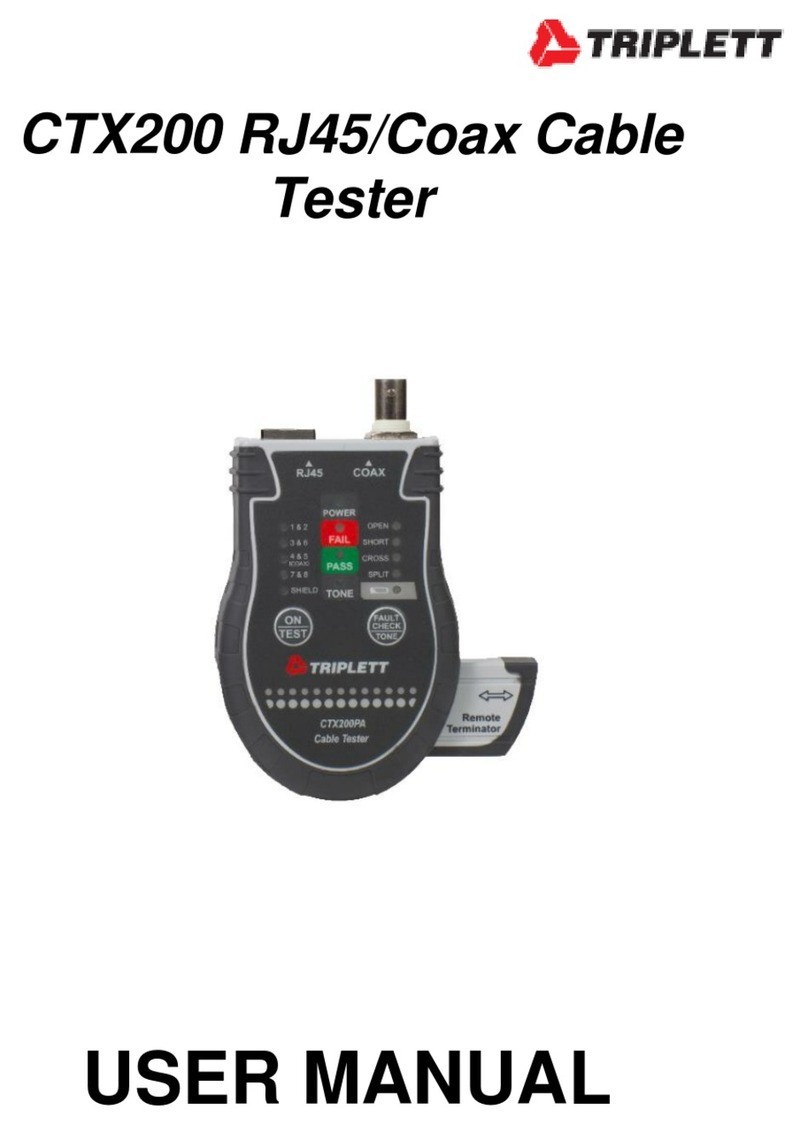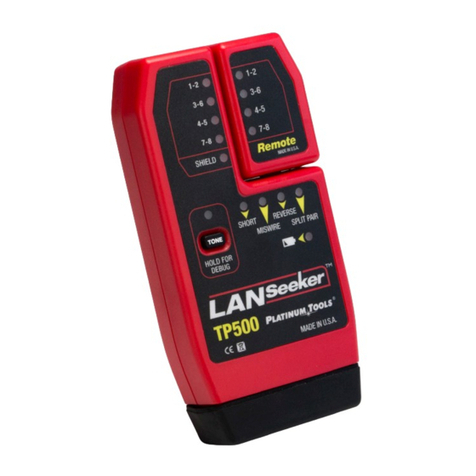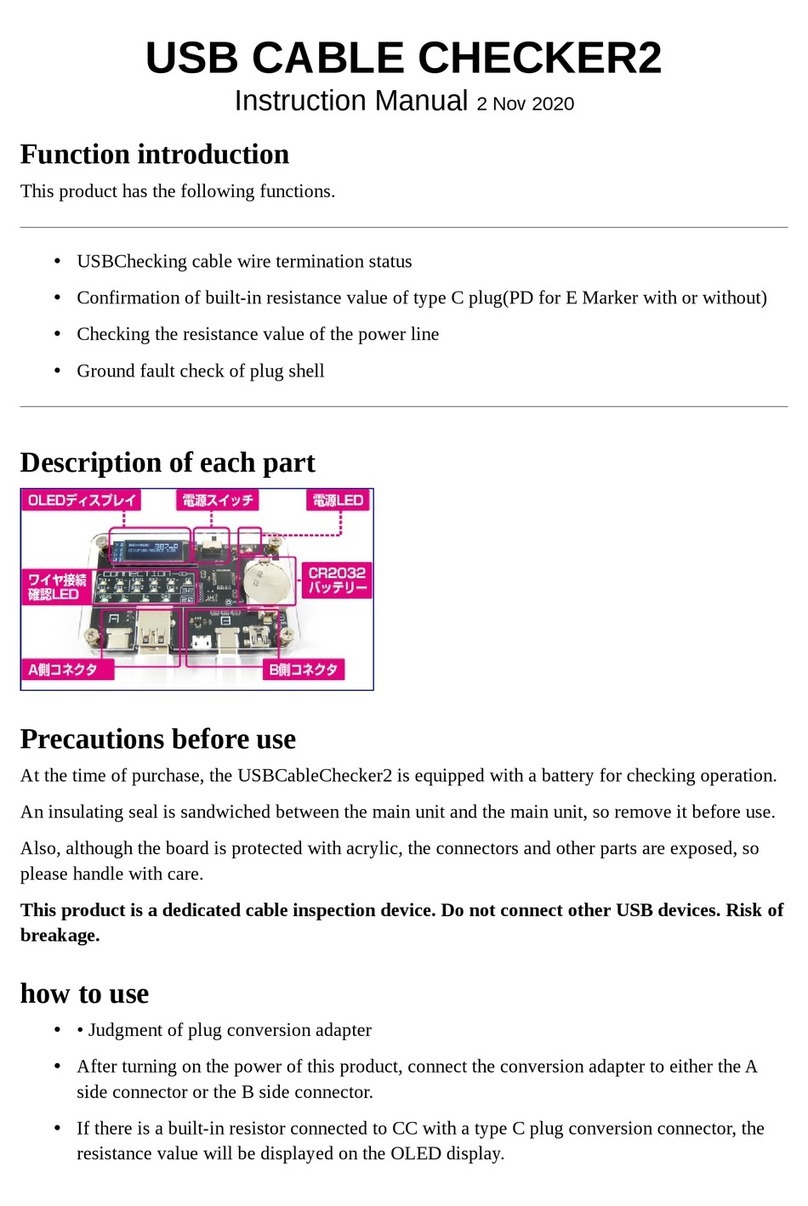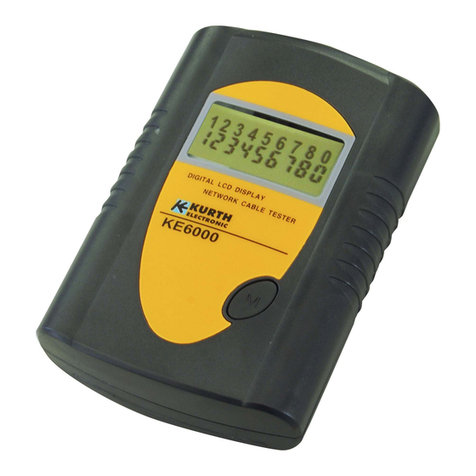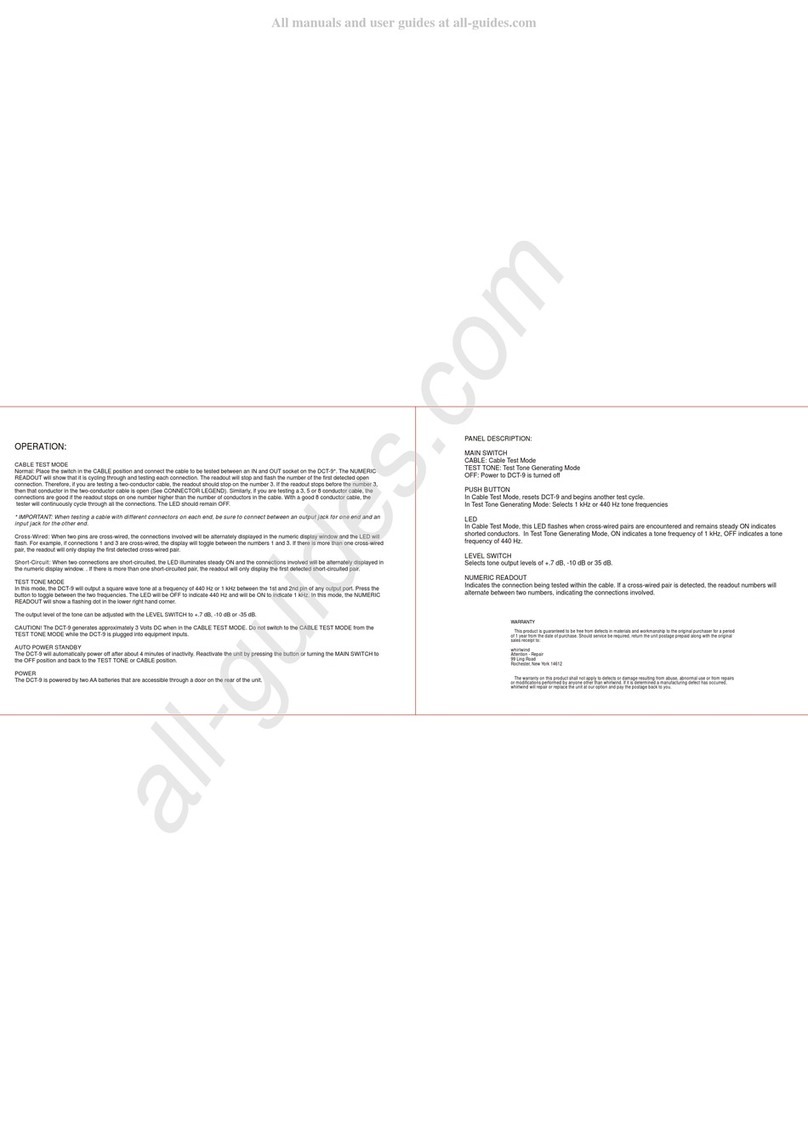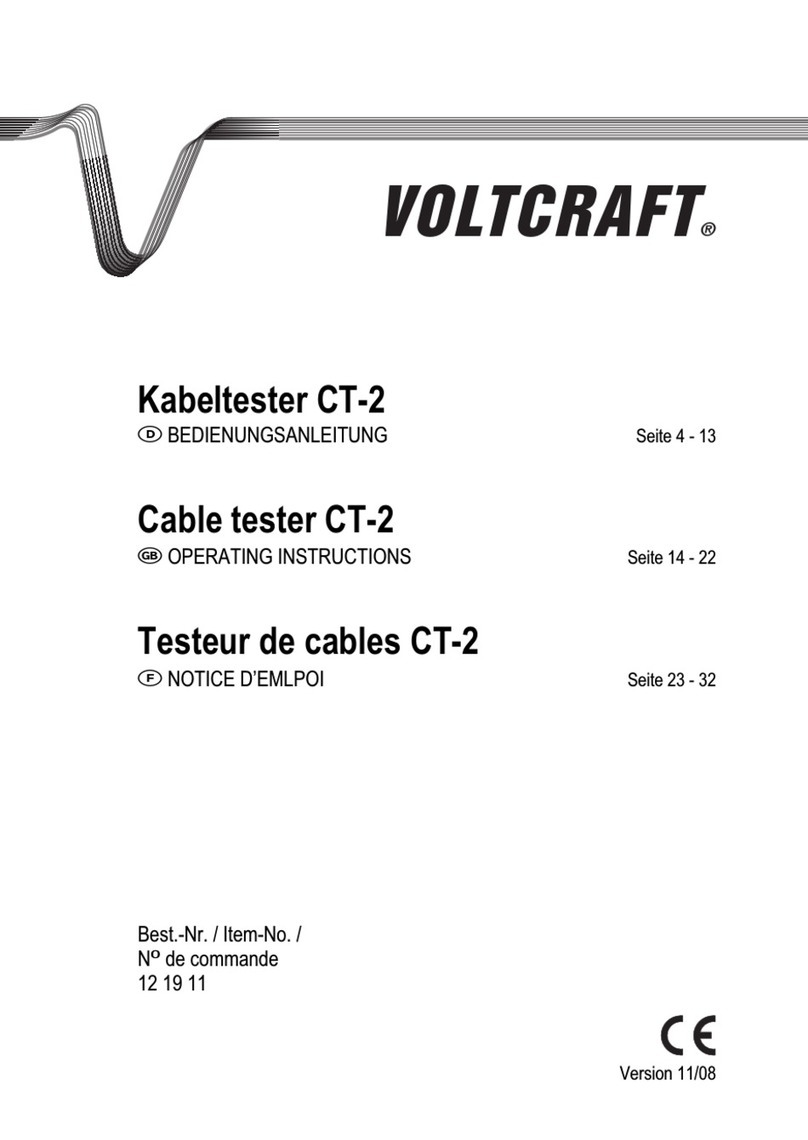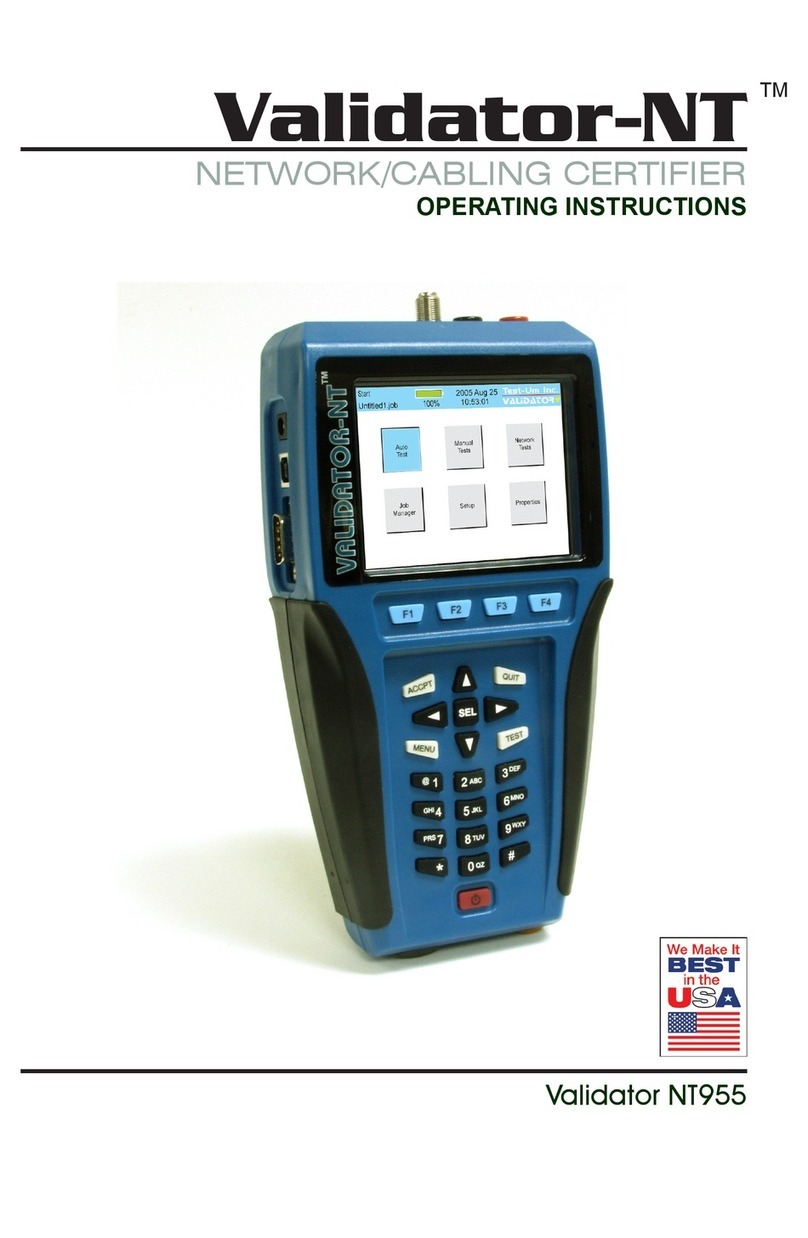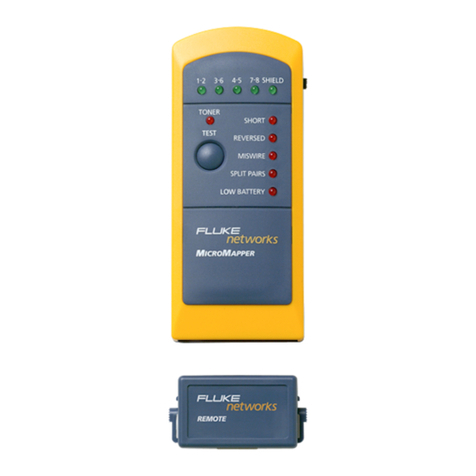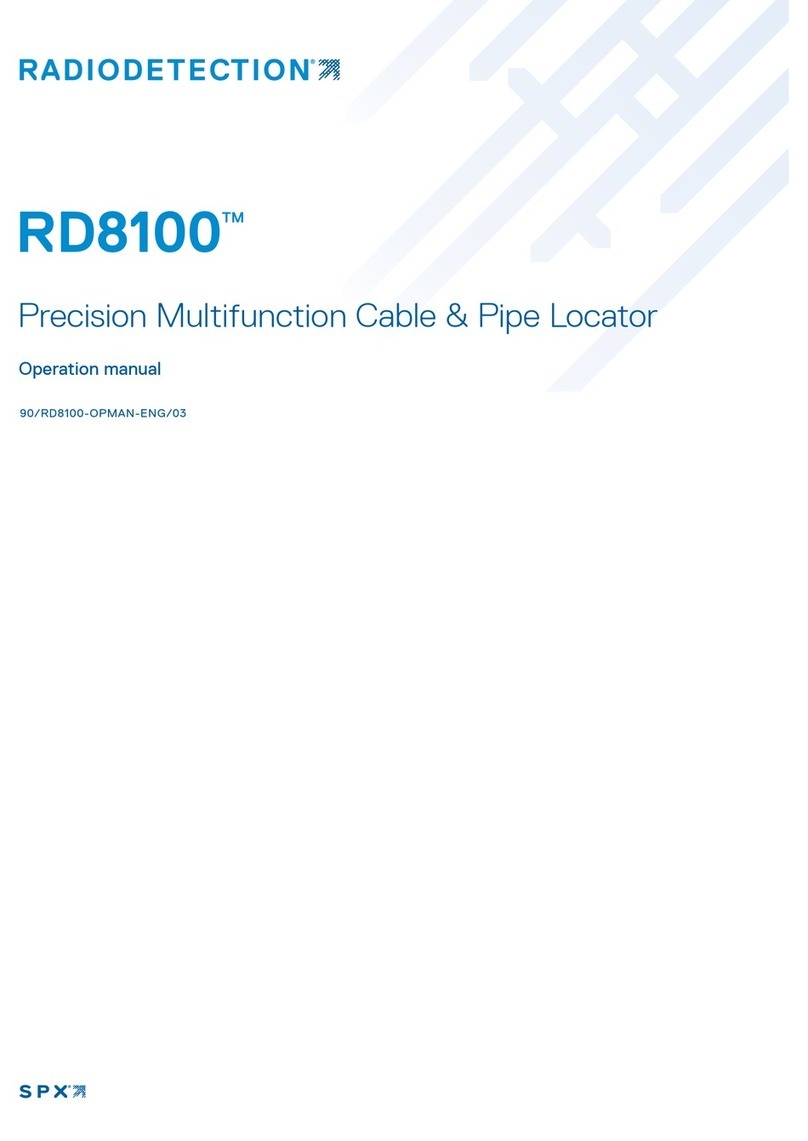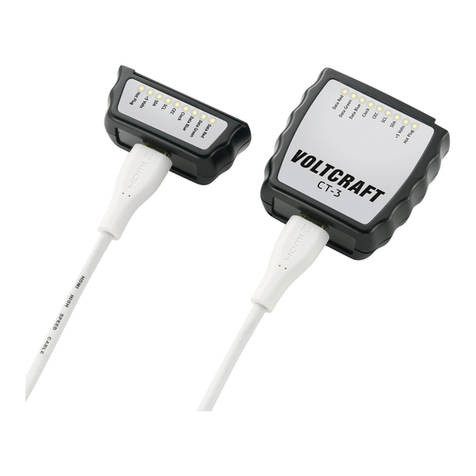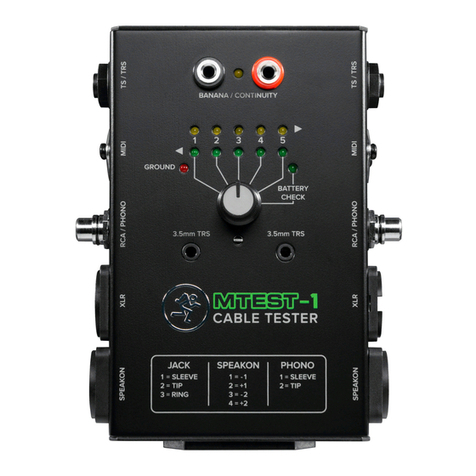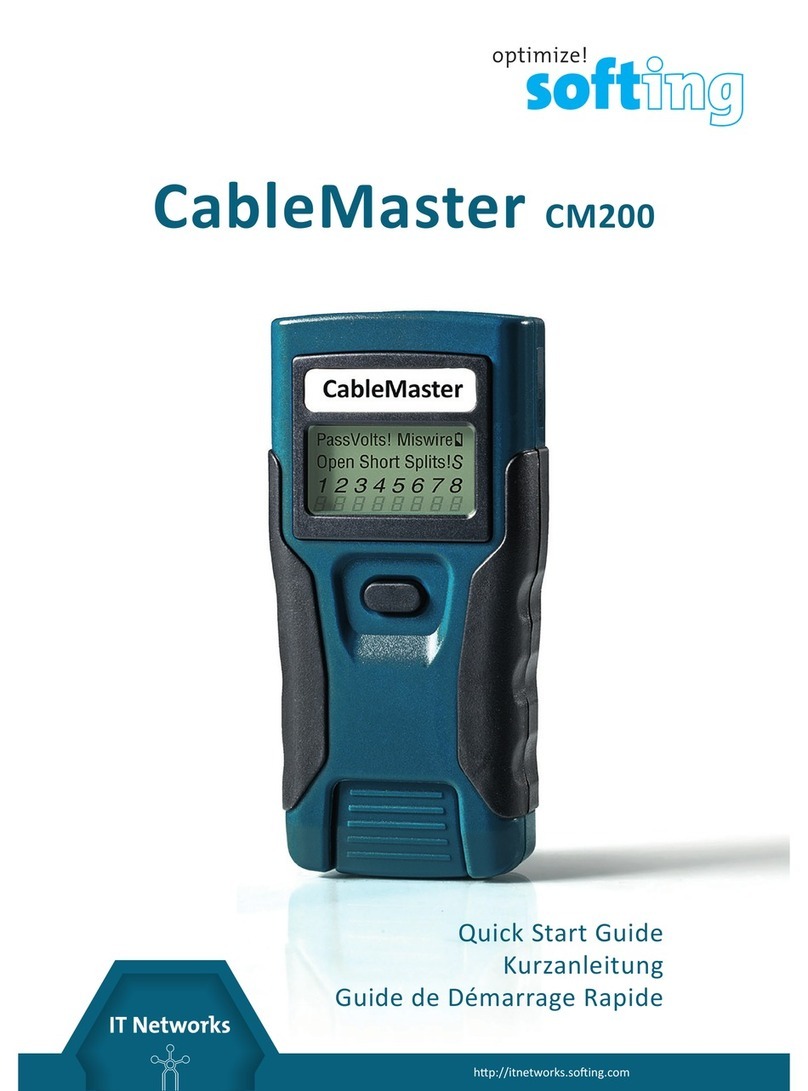-1-
1. Safety Precautions
Electricity can be dangerous - handle it with care.
Carefully read the following information before using
the tester.
1.1 The company will not accept liability for any damage
or injury caused by misuse or non-compliance with
instructions and safety procedures.
This instrument must be used and operated only by a
competent trained person and in strict accordance with the
instructions.
1.2 This instrument must not be used on live circuits. Ensure
all circuits are de-energised before testing. See paragraph
1.6 fomur details of built-in warning features should you be
connected to a live system.
1.3 Never open the tester except for battery replacement. (see
battery replacement section).
1.4 Before use, always inspect the tester and test leads for any
sign of abnormality or damage. If any abnormal conditions
exist (broken test leads, cracked case, display faulty etc...)
do not attempt to take any measurement or use the tester.
Return the tester to your nearest distributor for service.
1.5 No design can completely protect against incorrect use.
Exercise caution when using electricity.
However, the tester has been designed with your safety in
mind.
1.6 The tester has a live circuit warning beeper. If it is
connected to a live circuit of more than 500V, a rapid
pulsating beep will be heard and, in addition, the tester
will display a warning message.
Should this happen, DO NOT proceed to test and
immediately. Depress "Test" again to conrm. (hold
depressed the test button). If live warning presist,
disconnect the instrument from the circuit.
